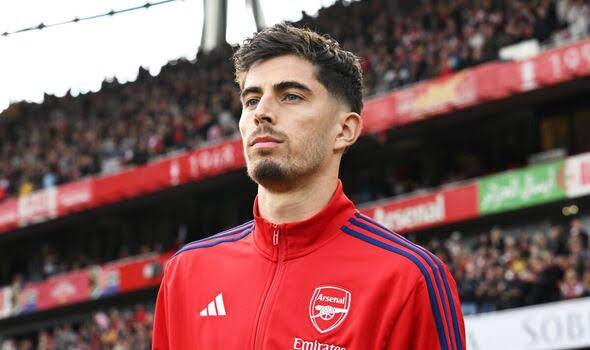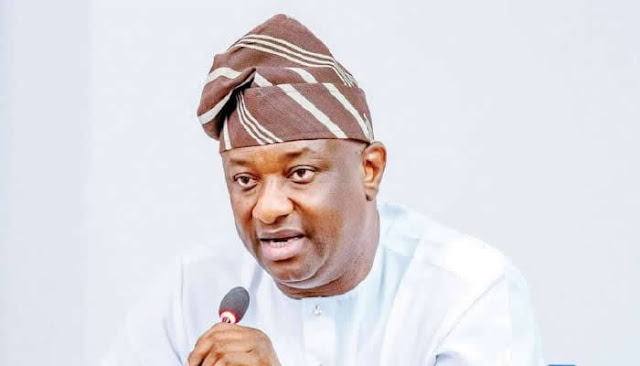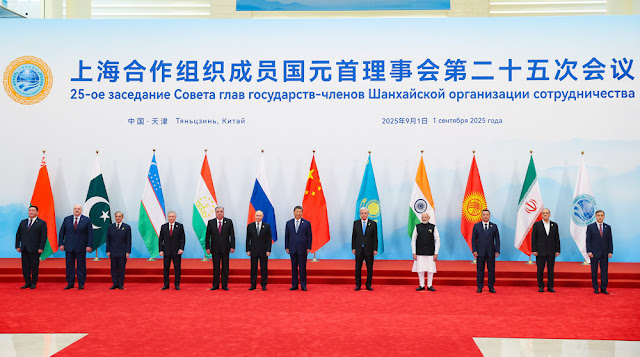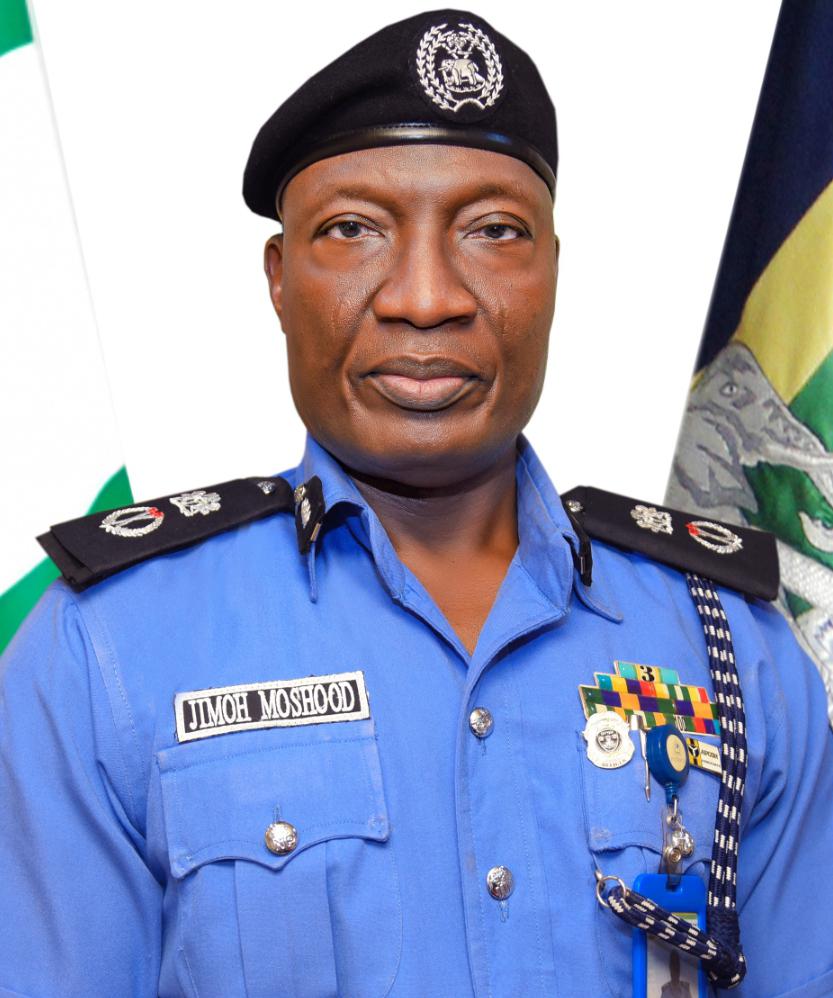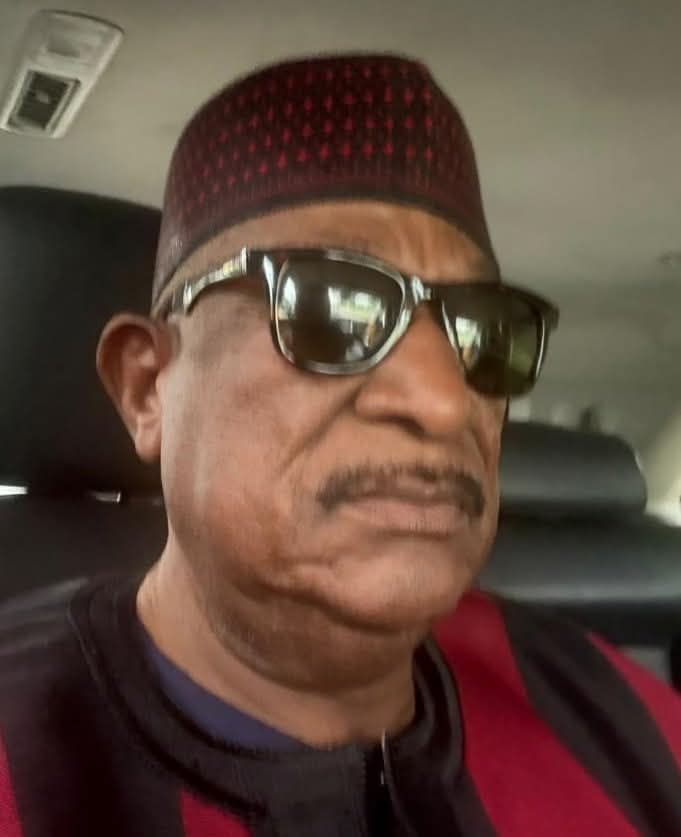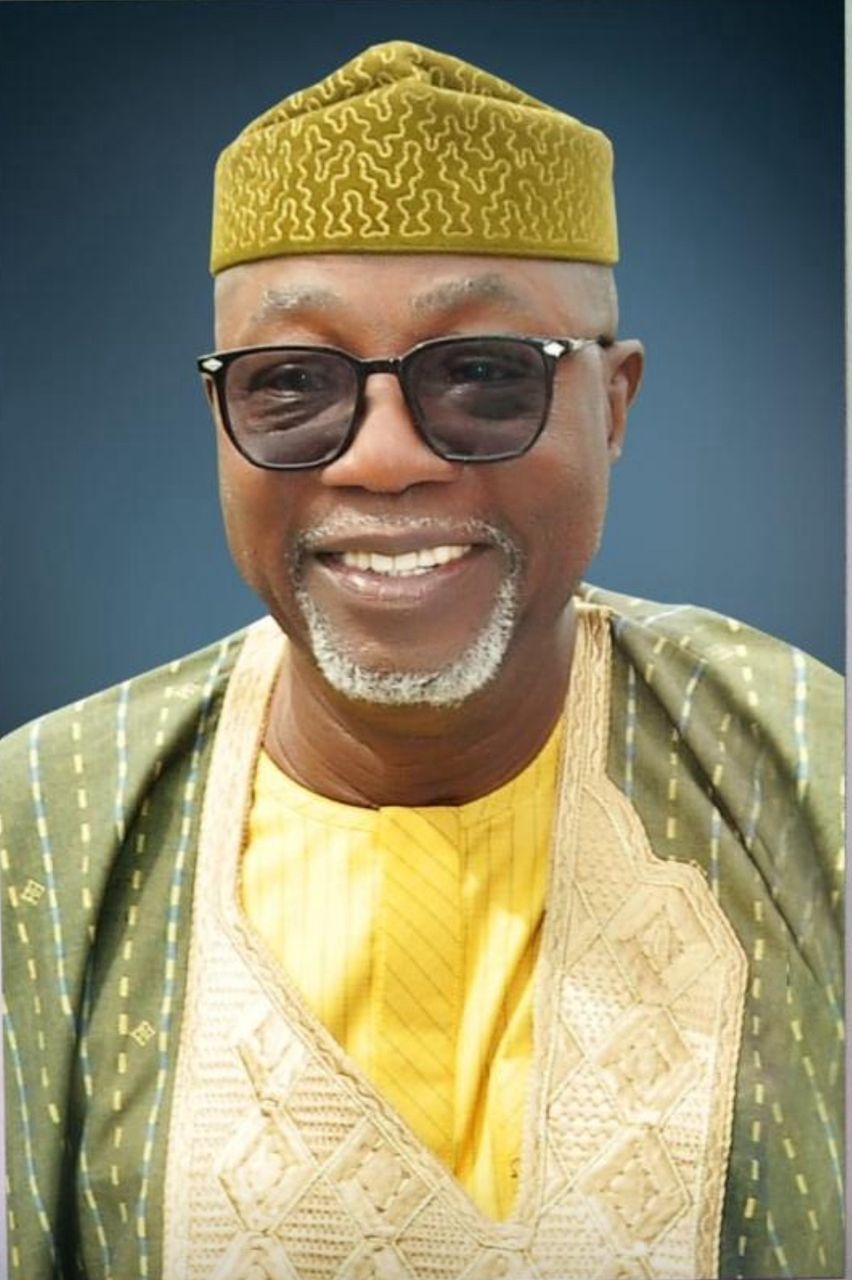In a significant development for Arsenal Football Club, German international forward Kai Havertz has undergone surgery to address a knee injury sustained during the team’s recent Premier League match against Manchester United on August 17, 2025. The injury, which occurred during Arsenal’s 1-0 victory at Old Trafford, has forced the 26-year-old to take a temporary step back from competitive action. The club confirmed in an official statement that Havertz underwent a successful minor surgical procedure and will now embark on a recovery and rehabilitation program aimed at restoring him to full fitness as swiftly as possible. This news, while concerning for Arsenal fans, comes amidst a turbulent period for the club, with injuries to other key players like Bukayo Saka and Martin Odegaard further complicating matters ahead of a crucial clash against reigning Premier League champions Liverpool.
This article delves into the circumstances surrounding Havertz’s injury, the implications for Arsenal’s campaign, the club’s response, and the broader context of injuries in modern football. Additionally, it explores Havertz’s role within the team, his career trajectory, and what his absence might mean for Arsenal’s ambitions in the 2025-26 Premier League season and beyond.
The Injury and Surgical Procedure
Arsenal’s official statement provided clarity on the situation: “Further to sustaining a knee injury after our recent game against Manchester United on 17 August, subsequent assessments and specialist reviews with Kai confirmed that surgery would be required. Today, Kai underwent a successful minor surgical procedure. He will shortly begin his recovery and rehabilitation programme, with everyone fully focused on supporting Kai to ensure he is back to full fitness as soon as possible.”
The injury occurred during Arsenal’s season-opening victory against Manchester United at Old Trafford, a match that saw Havertz come off the bench in the second half as a substitute for new signing Viktor Gyokeres. While the exact moment of the injury was not specified, it is believed that Havertz experienced discomfort during or after the game, prompting further medical evaluations. The decision to opt for surgery was not taken lightly, as Arsenal initially weighed whether a non-surgical approach could suffice. However, consultations with specialists determined that a minor procedure was necessary to address the issue effectively and prevent long-term complications.
The term “minor surgical procedure” suggests that the intervention was not as invasive as major reconstructive surgeries, such as those required for anterior cruciate ligament (ACL) tears. While Arsenal did not disclose the precise nature of the injury—whether it involved cartilage, meniscus, or another knee-related issue—modern sports medicine often employs arthroscopic techniques for such cases. Arthroscopy allows surgeons to repair damage with minimal incisions, reducing recovery time compared to traditional open surgery. Assuming this was the case for Havertz, the prognosis appears cautiously optimistic, though the club has not yet provided a specific timeline for his return.
Context of the Injury: Arsenal’s Early Season Challenges
Havertz’s injury comes at a challenging time for Arsenal, who have started the 2025-26 Premier League season with two convincing victories but now face a growing injury crisis. The 1-0 win over Manchester United, secured through a disciplined defensive performance and a clinical finish, showcased Arsenal’s potential under manager Mikel Arteta. Havertz’s cameo in that match, though brief, highlighted his versatility as a forward capable of playing multiple roles in attack.
However, the euphoria of the opening weekend was tempered by Havertz’s injury, which ruled him out of Arsenal’s subsequent 5-0 thrashing of newly-promoted Leeds United at the Emirates Stadium. That match demonstrated Arsenal’s attacking depth, with contributions from multiple players, but the absence of Havertz was a reminder of his importance to the squad. The situation worsened ahead of Arsenal’s upcoming clash against Liverpool at Anfield, with star winger Bukayo Saka and captain Martin Odegaard forced off in recent matches due to hamstring and shoulder injuries, respectively. This trio of absences poses a significant challenge for Arteta as he prepares to face the defending champions in what promises to be a defining early-season encounter.
Havertz’s Role at Arsenal
Since joining Arsenal from Chelsea in the summer of 2023, Kai Havertz has established himself as a key component of Arteta’s tactical setup. Initially viewed as a polarizing signing due to his inconsistent form at Chelsea, Havertz has silenced doubters with his adaptability and work rate. Capable of playing as a false nine, an attacking midfielder, or even a traditional striker, Havertz brings a unique blend of technical skill, aerial prowess, and off-the-ball intelligence to the team.
In the 2024-25 season, Havertz enjoyed a breakout campaign, scoring double-digit goals and providing crucial assists as Arsenal mounted a strong challenge for the Premier League title. His ability to link play, hold up the ball, and contribute defensively made him a favorite of Arteta, who has praised Havertz’s mentality and versatility. The German’s performances earned him a regular spot in the starting lineup and cemented his status as one of Arsenal’s most important players.
The 2025-26 season began with high expectations for Havertz, particularly following the arrival of Viktor Gyokeres, a prolific striker signed to bolster Arsenal’s attacking options. The partnership between Havertz and Gyokeres was anticipated to be a dynamic one, with Havertz’s playmaking complementing Gyokeres’ goal-scoring instincts. However, Havertz’s injury has disrupted this budding synergy, forcing Arteta to rely on other players to fill the void.
Impact on Arsenal’s Season
Havertz’s absence, combined with the injuries to Saka and Odegaard, presents a significant test for Arsenal’s squad depth and Arteta’s tactical ingenuity. The upcoming match against Liverpool at Anfield is a high-stakes encounter, as a positive result could set the tone for Arsenal’s title aspirations. Liverpool, under their current management, have maintained their status as one of the Premier League’s elite teams, and facing them without three key players will be a daunting task.
In Havertz’s absence, Arteta is likely to turn to players like Gabriel Martinelli, Leandro Trossard, and potentially Ethan Nwaneri to fill the attacking roles. Gyokeres, who has already made an impact in his debut season, will shoulder much of the goal-scoring responsibility. However, Havertz’s unique skill set—particularly his ability to drop deep and facilitate play—will be difficult to replicate. Arteta may also experiment with tactical adjustments, such as deploying a more compact midfield to compensate for the lack of creativity caused by Odegaard’s absence.
Beyond the immediate fixtures, Havertz’s recovery timeline will be critical. While the club has not specified how long he will be sidelined, minor knee surgeries typically require 4-8 weeks of recovery, depending on the extent of the damage and the player’s response to rehabilitation. If Havertz returns within this timeframe, he could be back in action by mid-to-late October 2025, allowing him to contribute to the bulk of the season. However, any setbacks could prolong his absence, potentially impacting Arsenal’s performance in both domestic and European competitions.
Havertz’s International Commitments
Havertz’s injury also has implications for the German national team, which is preparing for 2026 World Cup qualifiers against Slovakia and Northern Ireland. The forward was omitted from the squad for these matches, a decision influenced by Arsenal’s cautious approach to his recovery. Germany, under the guidance of coach Julian Nagelsmann, has been rebuilding ahead of the World Cup, and Havertz’s absence is a blow to their attacking options.
Since making his international debut in 2018, Havertz has been a regular for Germany, earning over 40 caps and contributing goals in major tournaments, including the UEFA European Championship. His versatility has made him a valuable asset for Die Mannschaft, and his exclusion from the upcoming qualifiers underscores the seriousness of his injury. However, the decision to prioritize his long-term health over short-term international commitments reflects a collaborative approach between Arsenal and the German Football Association.
The Broader Context: Injuries in Modern Football
Havertz’s injury is part of a broader trend in modern football, where players are increasingly susceptible to injuries due to the intense physical demands of the game. The congested fixture schedule, which includes domestic leagues, cup competitions, European tournaments, and international breaks, places immense strain on players’ bodies. For Arsenal, the injuries to Havertz, Saka, and Odegaard highlight the challenges of maintaining a fit squad over the course of a grueling season.
Sports science and medical advancements have improved clubs’ ability to manage injuries, but the sheer volume of matches makes it difficult to prevent setbacks entirely. Arsenal’s medical team, led by experts in sports medicine, will play a crucial role in Havertz’s recovery, employing cutting-edge rehabilitation techniques to ensure he returns stronger. This may include strength training, physiotherapy, and potentially regenerative therapies to accelerate healing.
The psychological aspect of recovery cannot be overlooked either. Havertz, known for his mental resilience, will need to stay motivated during his rehabilitation, especially given the competitive nature of Arsenal’s squad. The support of his teammates, coaching staff, and fans will be vital in helping him navigate this challenging period.
Havertz’s Career Trajectory and Resilience
Kai Havertz’s journey to becoming a key player for Arsenal has not been without its challenges. After rising to prominence at Bayer Leverkusen, where he established himself as one of Europe’s brightest young talents, Havertz’s move to Chelsea in 2020 was met with high expectations. While he delivered moments of brilliance—most notably scoring the winning goal in the 2021 UEFA Champions League final—his time at Stamford Bridge was marked by inconsistency and criticism.
His transfer to Arsenal in 2023 was seen as a fresh start, and Havertz has embraced the opportunity to redefine his career. Under Arteta’s guidance, he has flourished, proving his doubters wrong and earning the admiration of Arsenal supporters. His ability to adapt to different roles and contribute to the team’s success has made him a fan favorite, and his injury is a setback not only for the club but also for the player himself, who was poised for another standout season.
Havertz’s resilience will be key as he navigates this latest challenge. His previous experiences—overcoming criticism at Chelsea and adapting to a new role at Arsenal—suggest that he has the mental fortitude to return stronger. The support of his family, including his partner Sophia Weber, and his close-knit circle will also play a role in his recovery.
Arsenal’s Response and Fan Support
Arsenal’s statement emphasized the club’s commitment to supporting Havertz during his recovery: “Everyone [is] fully focused on supporting Kai to ensure he is back to full fitness as soon as possible.” This reflects the strong sense of unity within the club, with Arteta and his staff rallying around their injured players. The manager’s ability to manage crises has been a hallmark of his tenure, and this situation will test his leadership once again.
Arsenal fans, known for their passionate support, have already taken to social media to express their well-wishes for Havertz, Saka, and Odegaard. The hashtag #GetWellSoonKai has gained traction on platforms like X, with supporters sharing messages of encouragement and highlighting Havertz’s importance to the team. The club’s official channels have also shared updates on Havertz’s surgery, fostering transparency and keeping fans informed.
Looking Ahead: The Road to Recovery
As Havertz begins his rehabilitation, the focus will be on ensuring a full and sustainable recovery. The early stages will likely involve rest and immobilization to allow the knee to heal, followed by a gradual reintroduction of movement and strength training. Arsenal’s medical team will work closely with Havertz to monitor his progress, adjusting the rehabilitation plan as needed.
The club’s depth will be tested in the coming weeks, but Arteta’s squad is well-equipped to handle short-term absences. Players like Trossard, Martinelli, and Nwaneri have the potential to step up, while Gyokeres’ early form suggests he can lead the line effectively. However, Havertz’s unique contributions—his ability to link play, create chances, and score crucial goals—will be missed, particularly in high-stakes matches like the upcoming clash against Liverpool.
For Havertz, the goal will be to return in time for key fixtures later in the season, including potential European matches and the busy festive period. A successful recovery could see him back in action by late October or early November, allowing him to play a pivotal role in Arsenal’s pursuit of silverware.
Conclusion
Kai Havertz’s knee surgery marks a challenging moment for both the player and Arsenal Football Club, but it also presents an opportunity for resilience and growth. The successful completion of the procedure is a positive first step, and with the support of Arsenal’s medical team, coaching staff, and fans, Havertz is well-positioned to make a full recovery. His absence, alongside injuries to Saka and Odegaard, will test Arsenal’s squad depth, but the club’s strong start to the season and Arteta’s tactical acumen provide reasons for optimism.
As Havertz embarks on his rehabilitation journey, the football world will be watching closely. His ability to overcome setbacks in the past suggests that he will return stronger, ready to contribute to Arsenal’s ambitions in the Premier League and beyond. For now, the focus is on recovery, with the hope that Havertz will soon be back on the pitch, showcasing the talent and determination that have made him a vital part of Arsenal’s resurgence.


